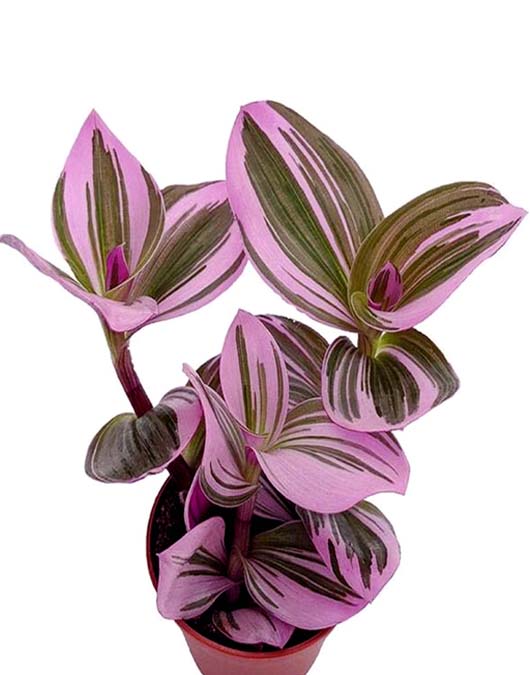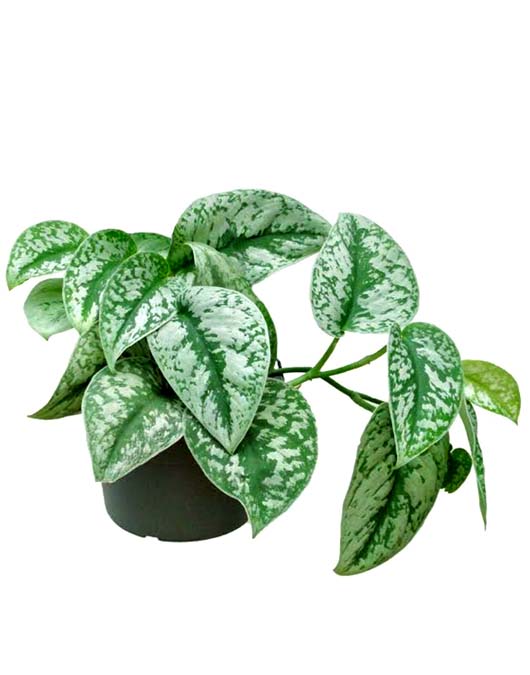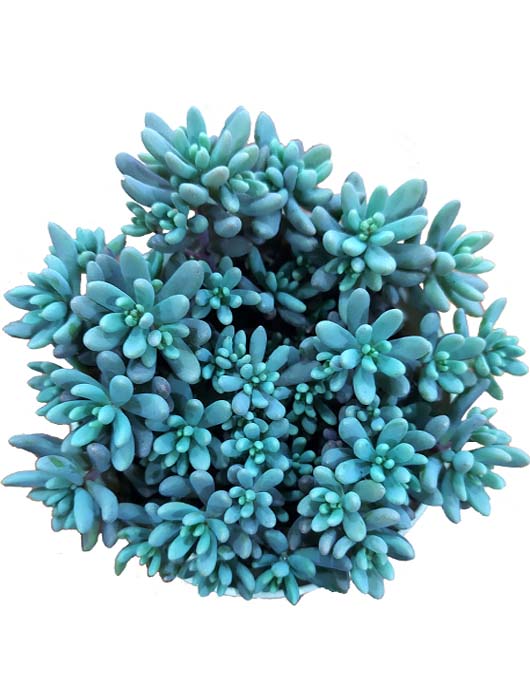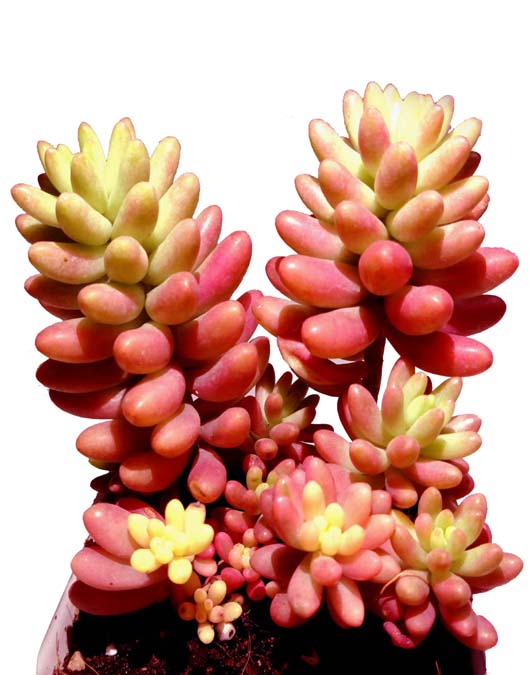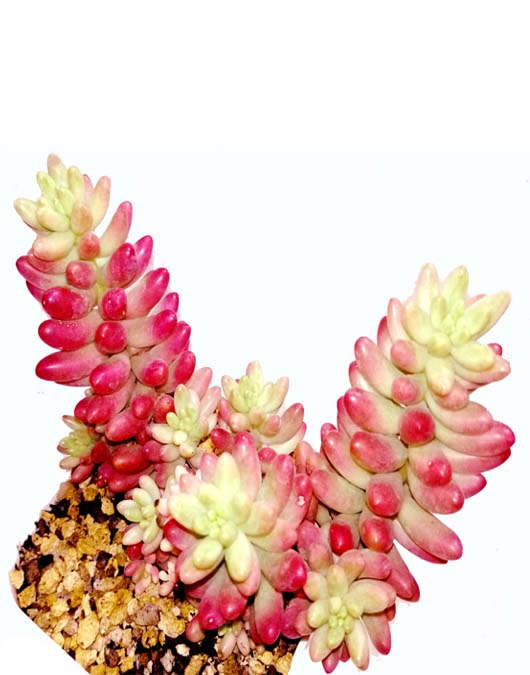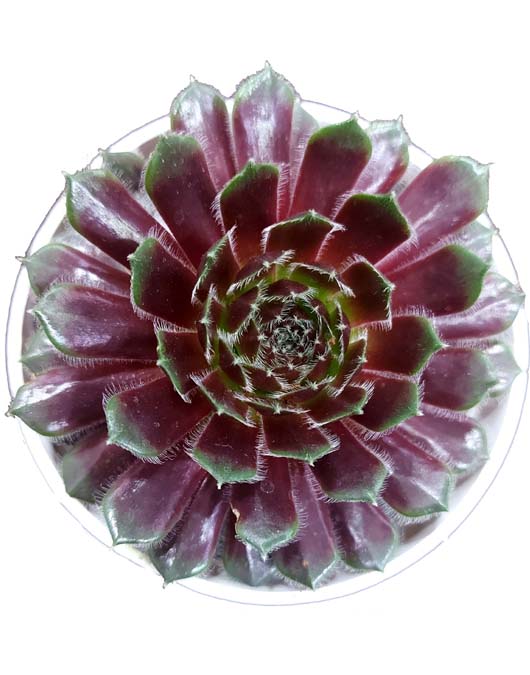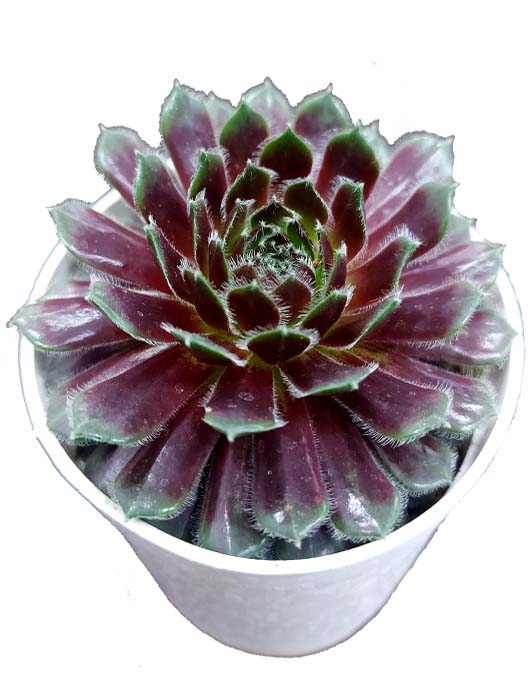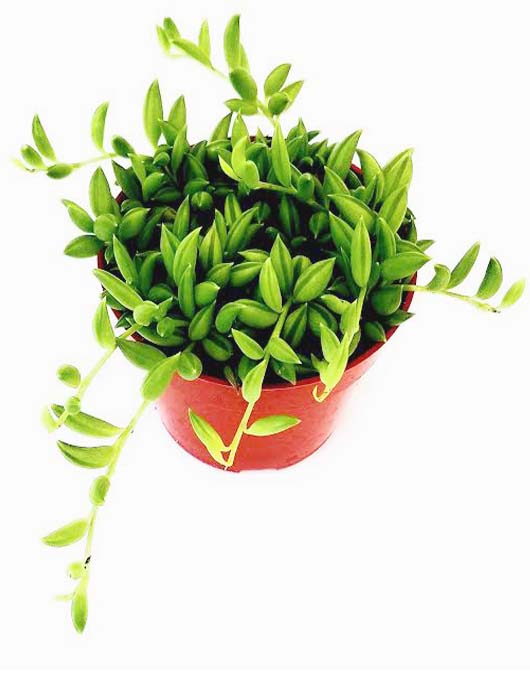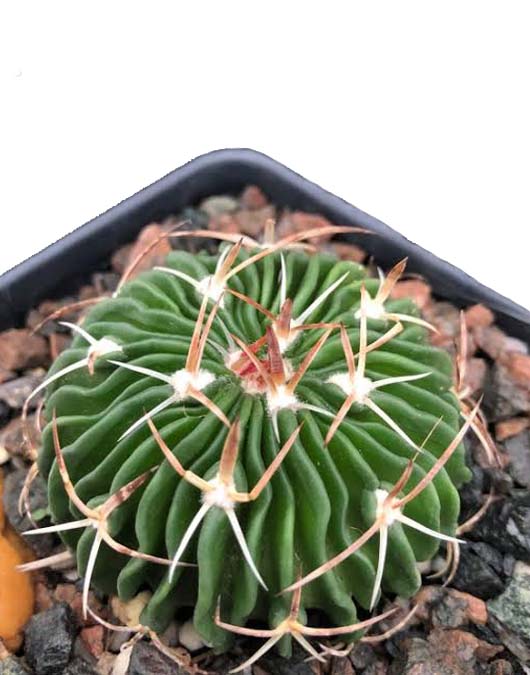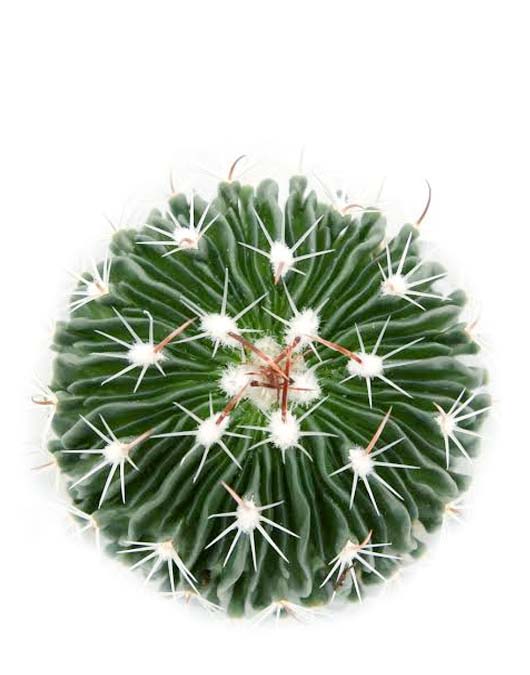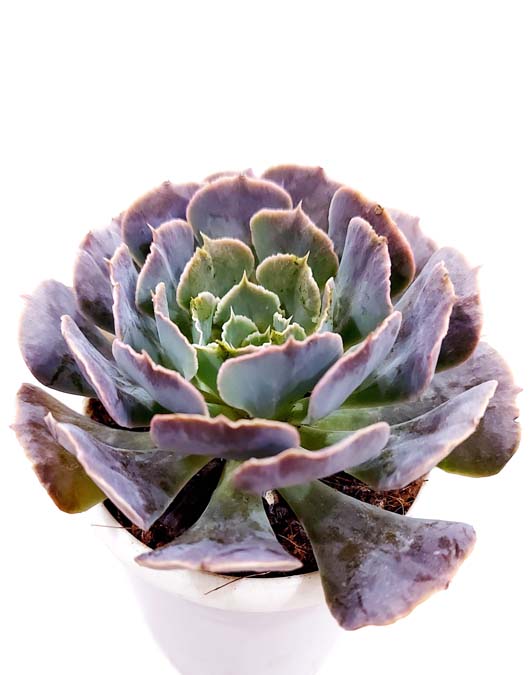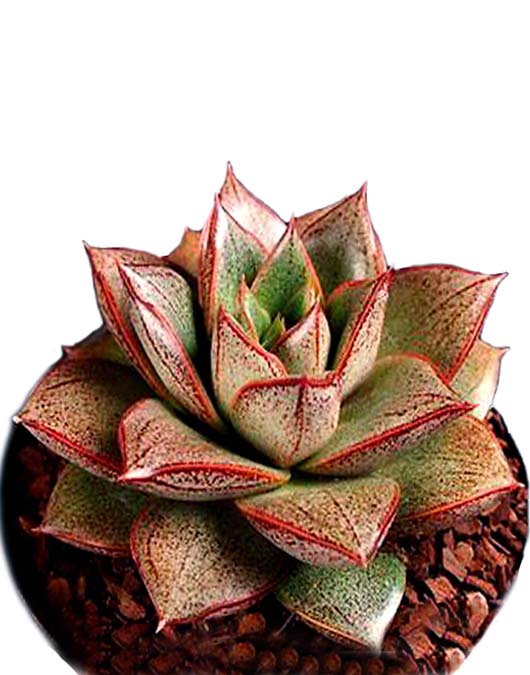- Satin Pothos Argyraeus is an excellent indoor plant due to its ability ot survive in low light . It is an Air Purifier plant as it efficiently removes indoor pollutants. It is also an easy to care for plant suitable in living room, balcony, bedroom or in hanging baskets.
- It’s unique looking leaves make it a fantastic plant for living room home décor, office desk and is easy to maintain even for gardeners who are at beginner level.
- Watering requirement for the plant is generally twice a week. But it is ideal to water it whenever the top layer of the soil feels dry.
- You’ll see the best leaf color and variegation by keeping it in bright, indirect light. You’ll also keep the plant healthy by boosting the humidity around it. In fact, its variegated foliage makes Satin Pothos a beautiful addition to a terrarium.
- Trails to 3 ft (90 cm) or more. You can cut the stems back to any length, if you want a smaller houseplant.
- Sedum dasyphyllum ‘Minor’ is a small succulent shrub with opposite, blue-green and purple (more purple in the sun) leaves and creeping stems forming shrubs.
- The blooms are white and small with little black dots on the petals and green ovaries.
- Sedum dasyphyllum “Corsican Stonecrop” is a great addition to a xeriscaped garden. As it grows, it spreads out, creating ground cover. It grows well in many areas, including full sun or partial shade.
- Sedum plant needs more water in the spring and summer, but you can allow the topsoil to become slightly dry between each watering. During the winter season, reduce watering.
- Plant Will Be Given With free Plastic pot
- Sedum x Rubrotinctum ‘Aurora’ is the most beautiful little succulent. The colors are so dainty and pretty and makes a great addition to any garden or collection.
- It has pale pink, fleshy jelly bean shaped leaves with small yellow flowers emerging in the winter. Perfect for hangers, rockeries as long as grown in a partly shade position.
- Six- to eight-inch (15-20 cm.) stems grow upward and lean when leaves weigh it down. Small yellow flowers appear abundantly in winter to spring during the early years of growth.
- Sedums grow best in well-drained gravelly soil that is not wet in winter.
- Plant Will Be Given With Free Plastic Pot
- Sempervivum are succulent, rosette forming plants belonging to the Crassulaceae family.
- They are commonly known as Hens & Chicks, Houseleeks or Hen and Chickens. The main attraction of these plants is their colourful rosettes of leaves.
- Rare variety
- Plant Will Be Given With Free Plastic Pot
Out Of Stock
EtonGreen Live Senecio Radicans String of Bananas
- The string of bananas (Senecio radicans) is actually a close relative of the popular string of pearls succulent but is known for being faster growing and easier to care for. For anyone who has unsuccessfully tried to keep a string of pearls alive, the string of bananas may be the succulent for you.
- Native to South Africa, the string of bananas is a part of the Asteraceae family and is characterized by glossy, banana-shaped leaves that grow on long, hanging tendrils. It makes an excellent hanging houseplant or can be trained to grow upwards on a trellis or moss pole depending on the look you are going for. String of bananas can also be grown successfully outdoors in succulent gardens, but they are not frost-tolerant so require regions that experience warm weather year-round.
- String of bananas are fast-growing, low-maintenance succulents that can be easily enjoyed by beginners and experts alike. They are drought-tolerant and do not require regular fertilizing, repotting, or pruning. The most important part of growing a healthy string of bananas is ensuring that the succulent receives enough light as they do not grow well in low-light conditions.
- The base coloration of Stenocactus multicostatus ‘Wave Cactus’ is a rich, greyish green, which serves as a lovely backdrop for the large pink blooms that will emerge during the summer months, featuring yellow stamens and deeper pink striping down the length of each petal.
- The brain cactus (Stenocactus multicostatus) features distinctive wavy ribbing on its surface that almost looks like the folds of a brain,
- Stenocactus Multicostatus is native to Mexico, specifically to the Chihuahua, Coahuila and Durango, Zacatecas, and the Nueva Leon regions. The dry meadowlands suit it well, and it adapts well to draughts by hiding in the rocky soil.
- Its small size and low-growing nature make it suitable to be grown in pots. In suitable environments, it can also be grown outdoors
- Plant Will be Given With Free Plastic Pot.
- Echeveria Shaviana ‘Pink Frills’ is known to be a beautiful succulent that can reach up to 20 cm (8″) tall and around 30 cm (12″) in diameter. Most notable are the leaves that become purple, silver blue to green as it ages. It is known that the plant regularly creates offsets and when it flowers you can expect orange to pink flowers
- This succulent type needs typical watering as the other succulents.
- It is a nice addition to your collection of plants
- Echeveria shaviana is a tender, soft, evergreen succulents native to the mountain areas of Nuevo Leon in northern Mexico.Shaviana belongs to the Echeveria plant genus a member of the Crassula family (Crassulaceae).
- Plant Will Be Given With Free plastic Pot
- Echeveria purpusorum is a small succulent with tight, usually solitary rosettes that occasionally produce few offsets.
- Echeveria purpusorum is a petite rosette-shaped succulent. They are native to Oaxaca and Puebla, Mexico.
- The genus Echeverria is named after Atanasio Echeverria Codoy, an 18th-century botanist. However, the purpusorum species was discovered by Carl and George Purpus. Carl, a botanist and George, the explorer usually worked together.
- Like most succulents, Echeveria Purpusorum is short and thick-leaved plant. It is known in some circles as The Rose or Urbinia. Its moniker, the rose, comes from its leaves’ arrangement and pigmentation. A full-grown plant resembled a rose flower. This resemblance is reinforced by its red pigmentation along its leaves’ edges.
- Echeveria purpusorum has typical watering needs for a succulent. It’s best to use the “soak and dry” method, and allow the soil to dry out completely between waterings. Be sure not to let water sit on the leaves, and use a well-draining soil.
- Plant Will be Given With Free Plastic Pot


